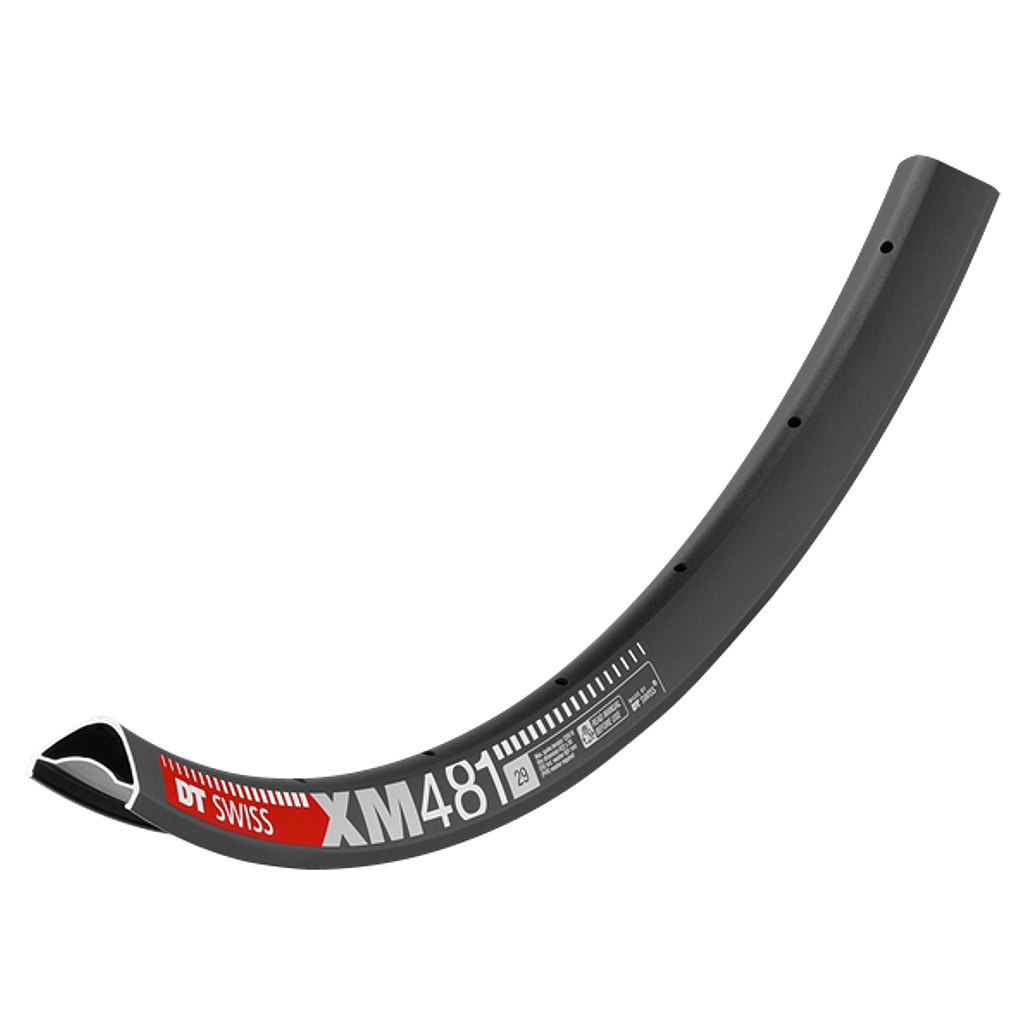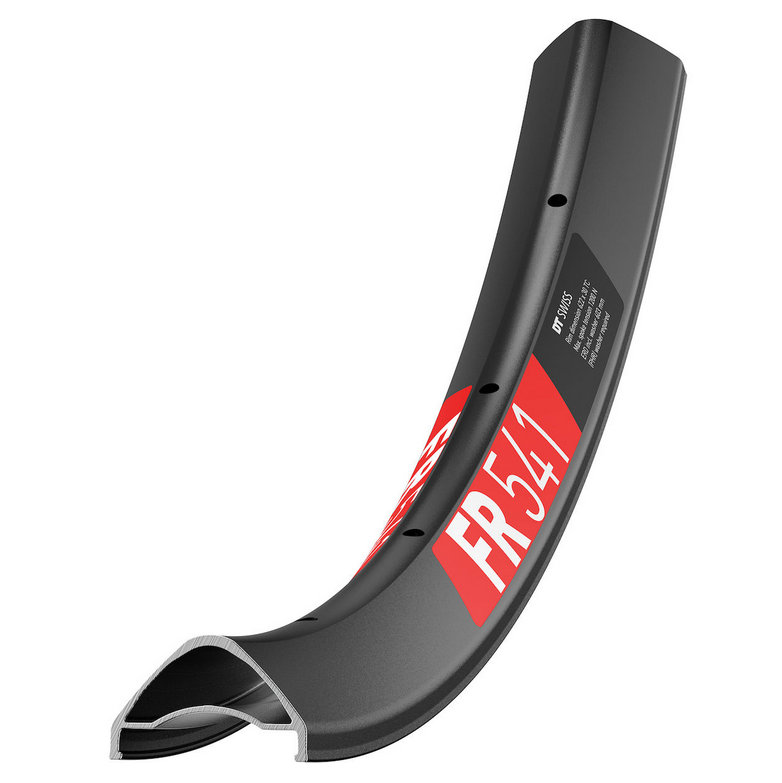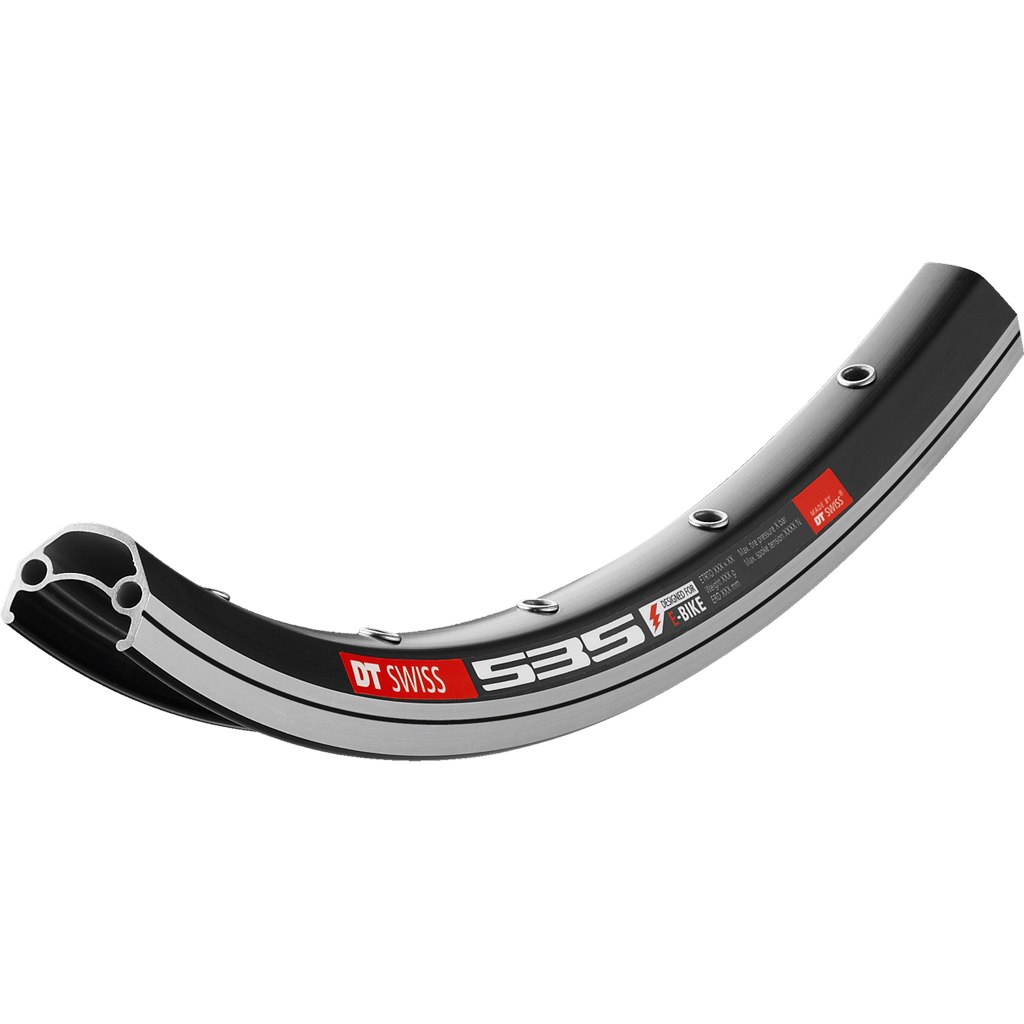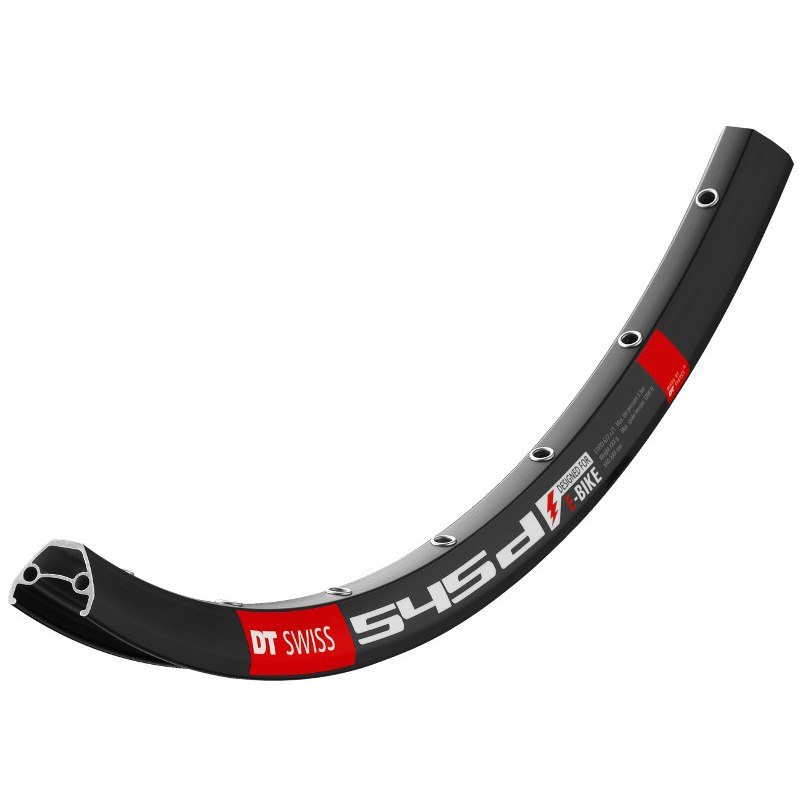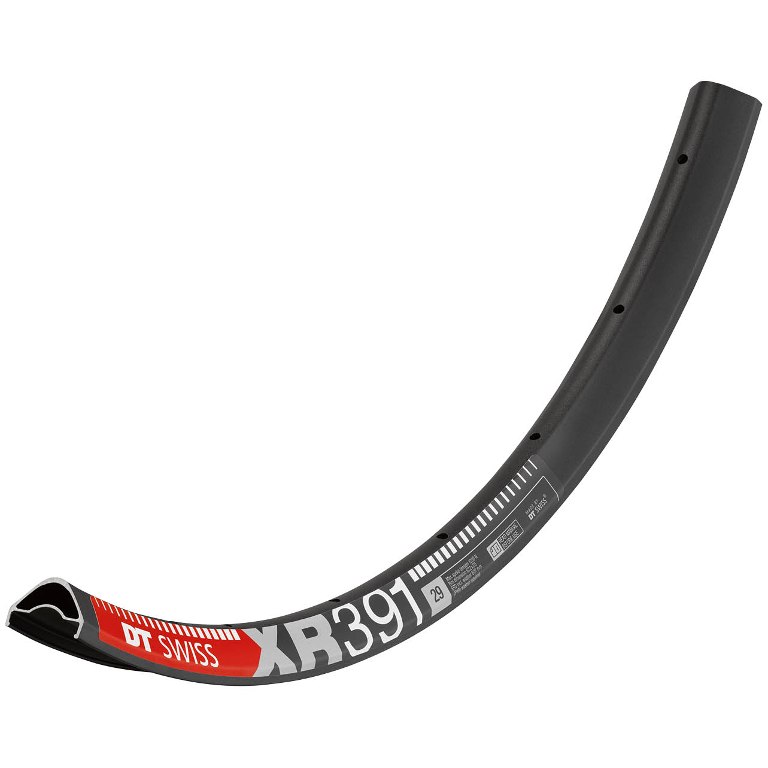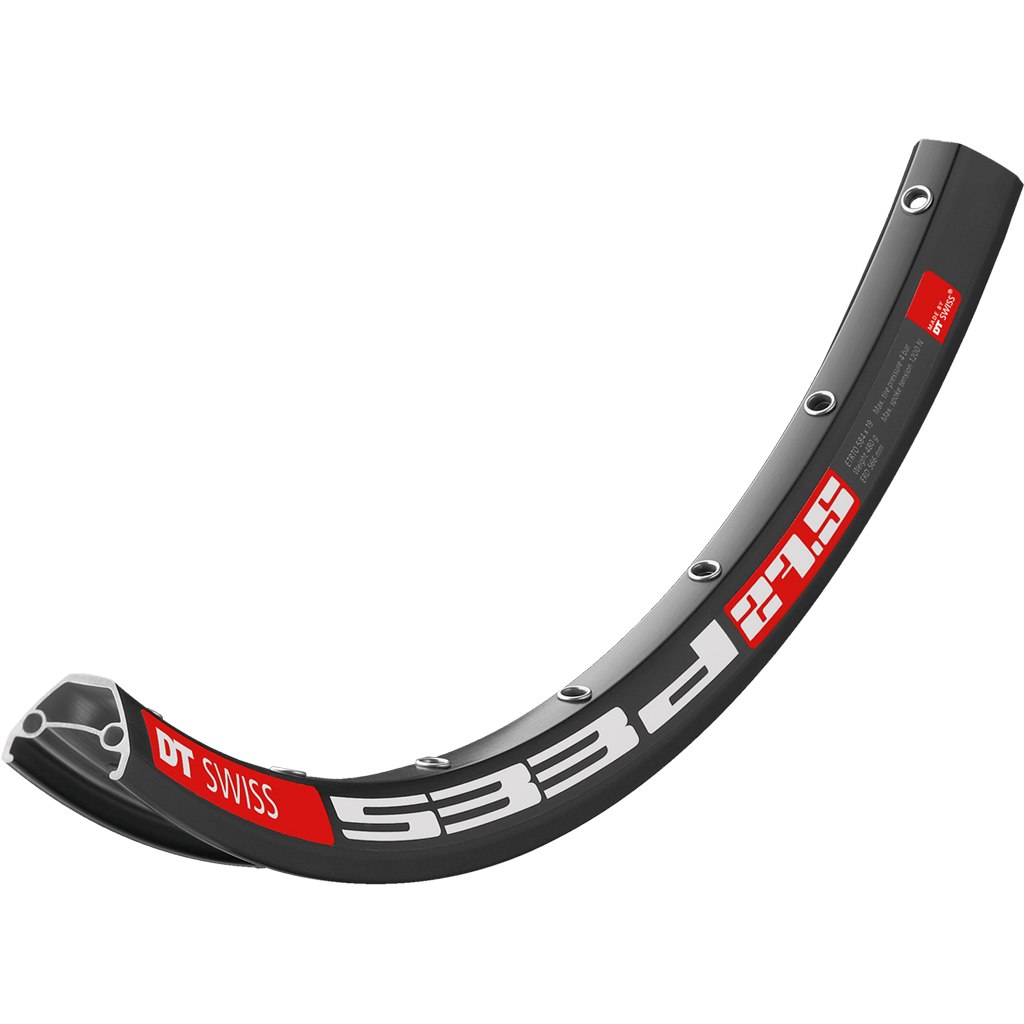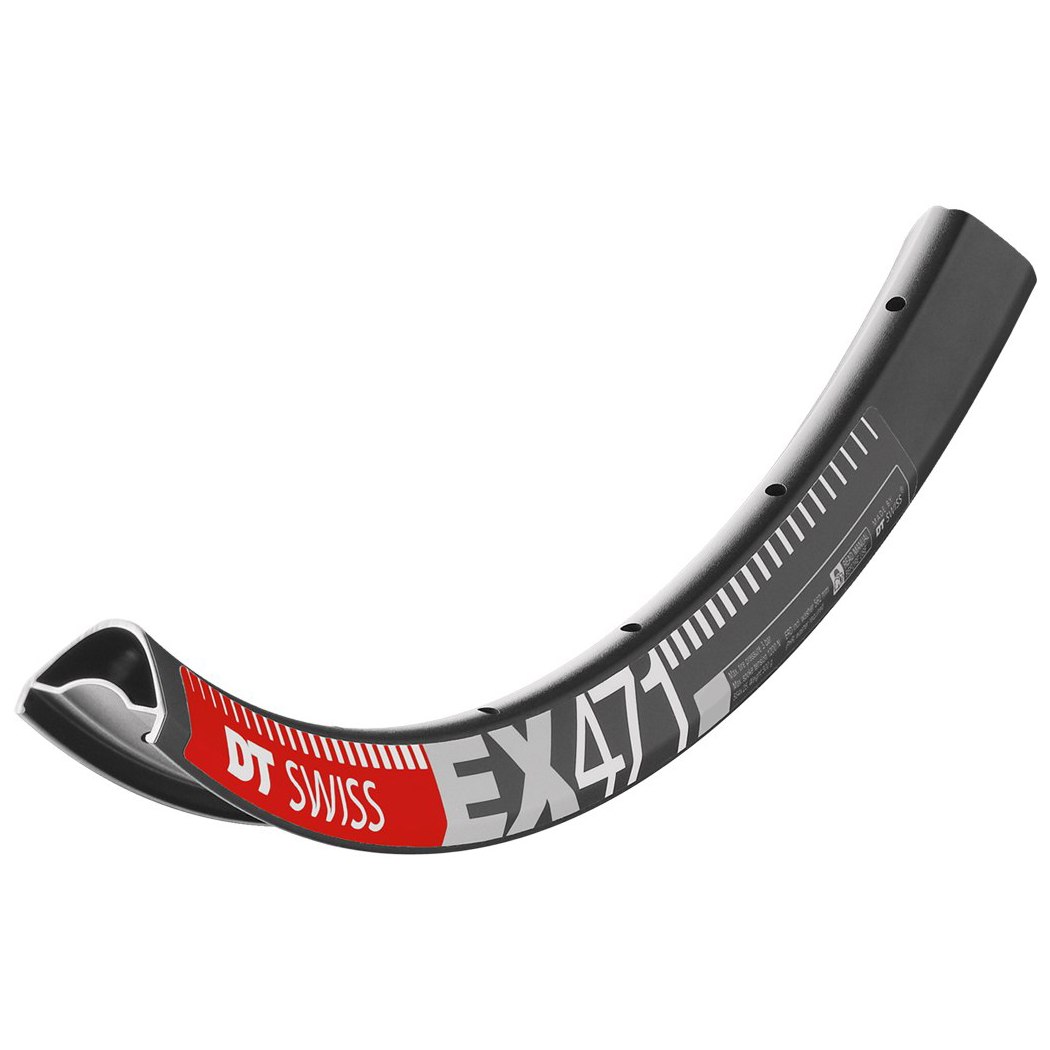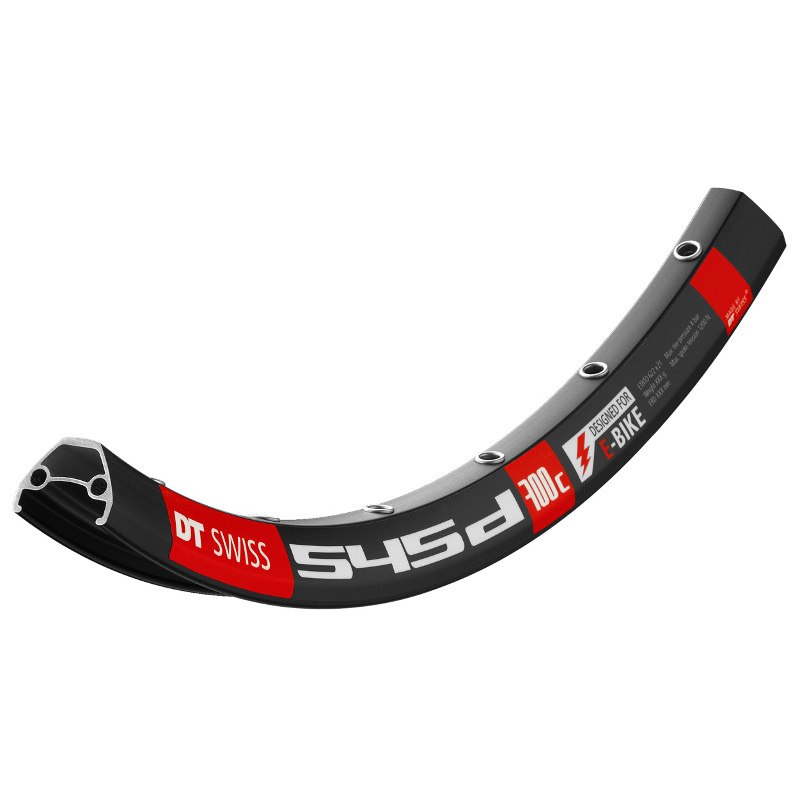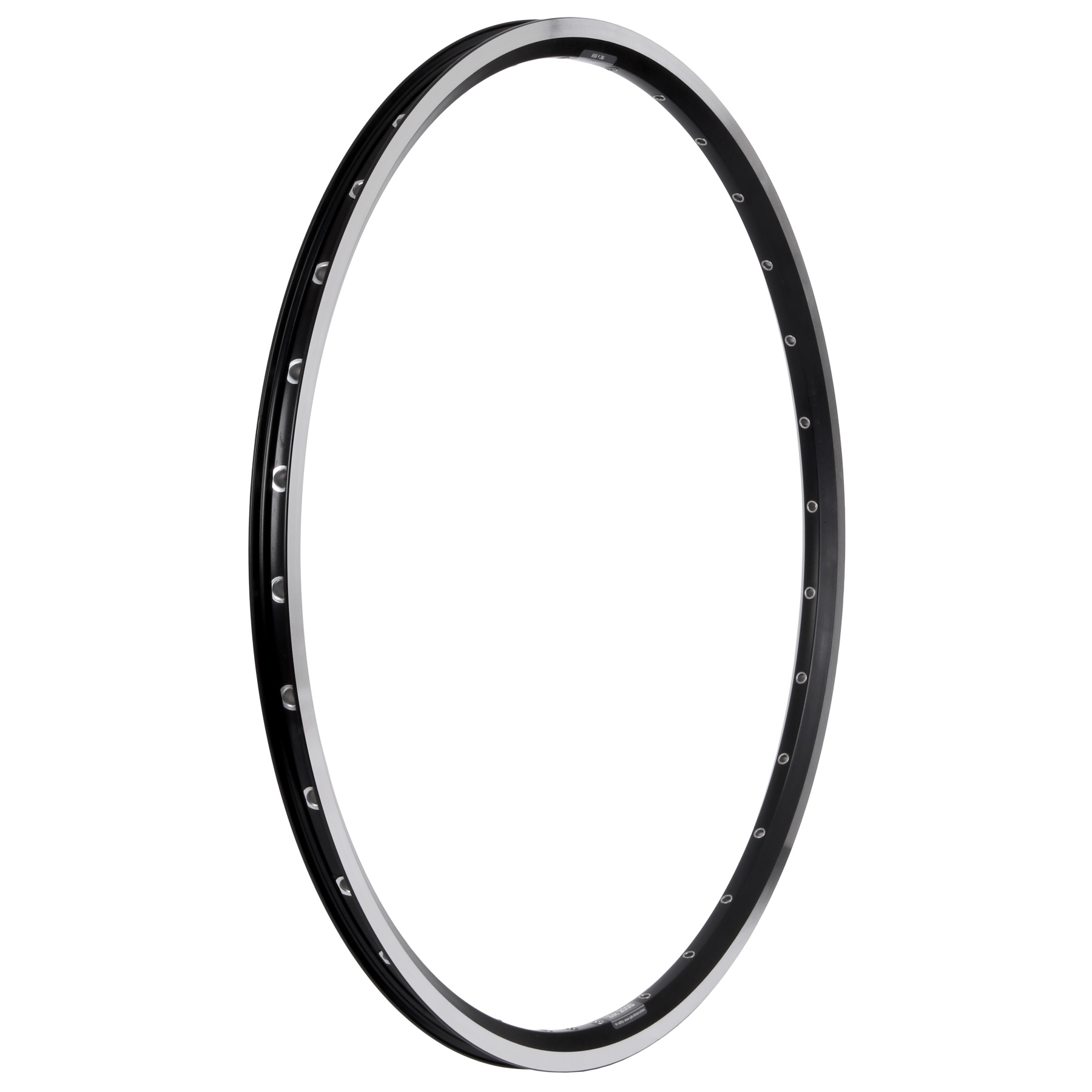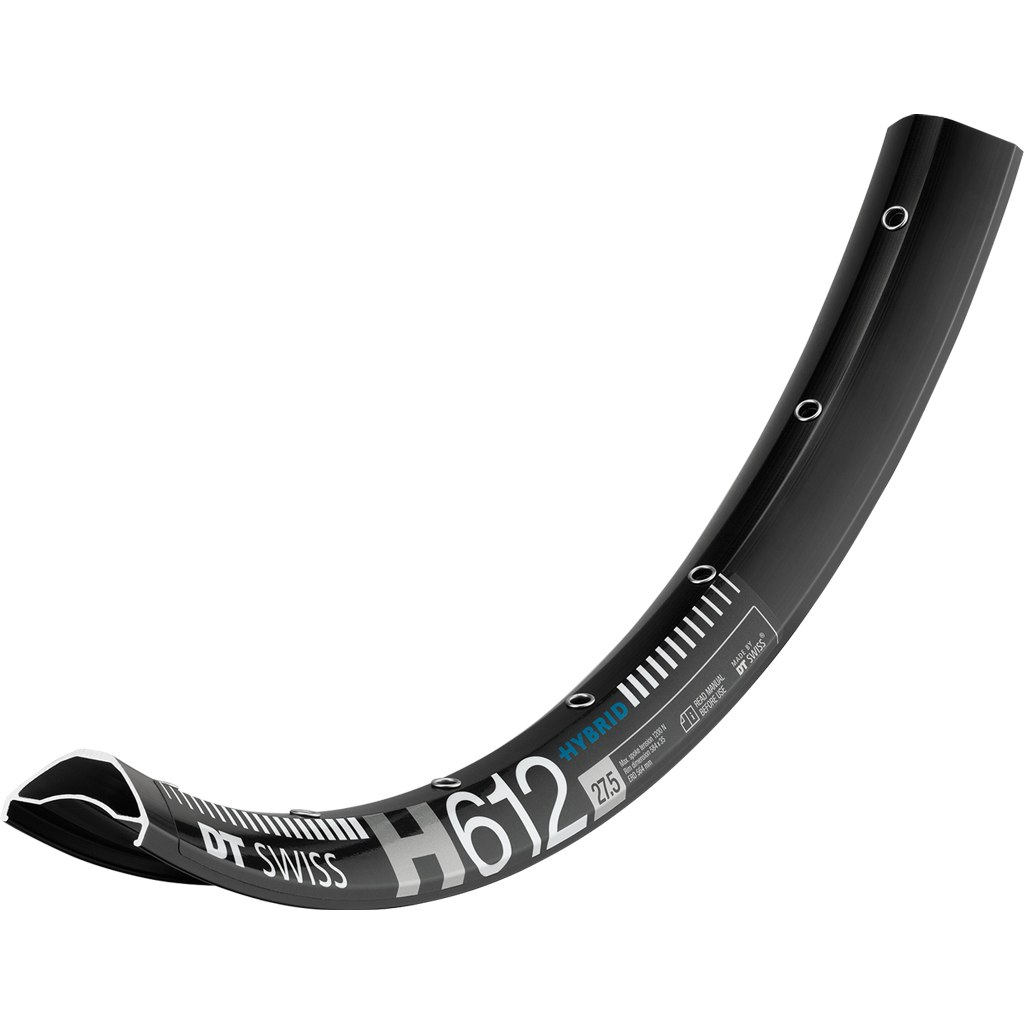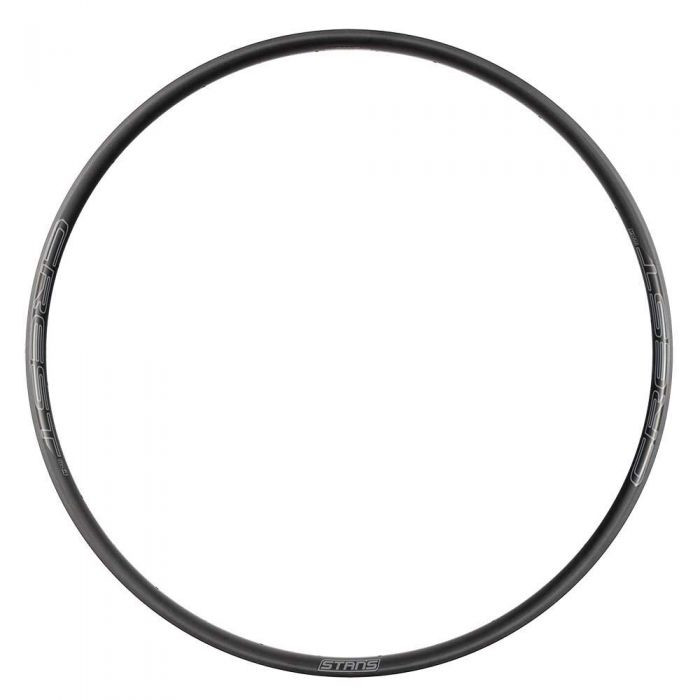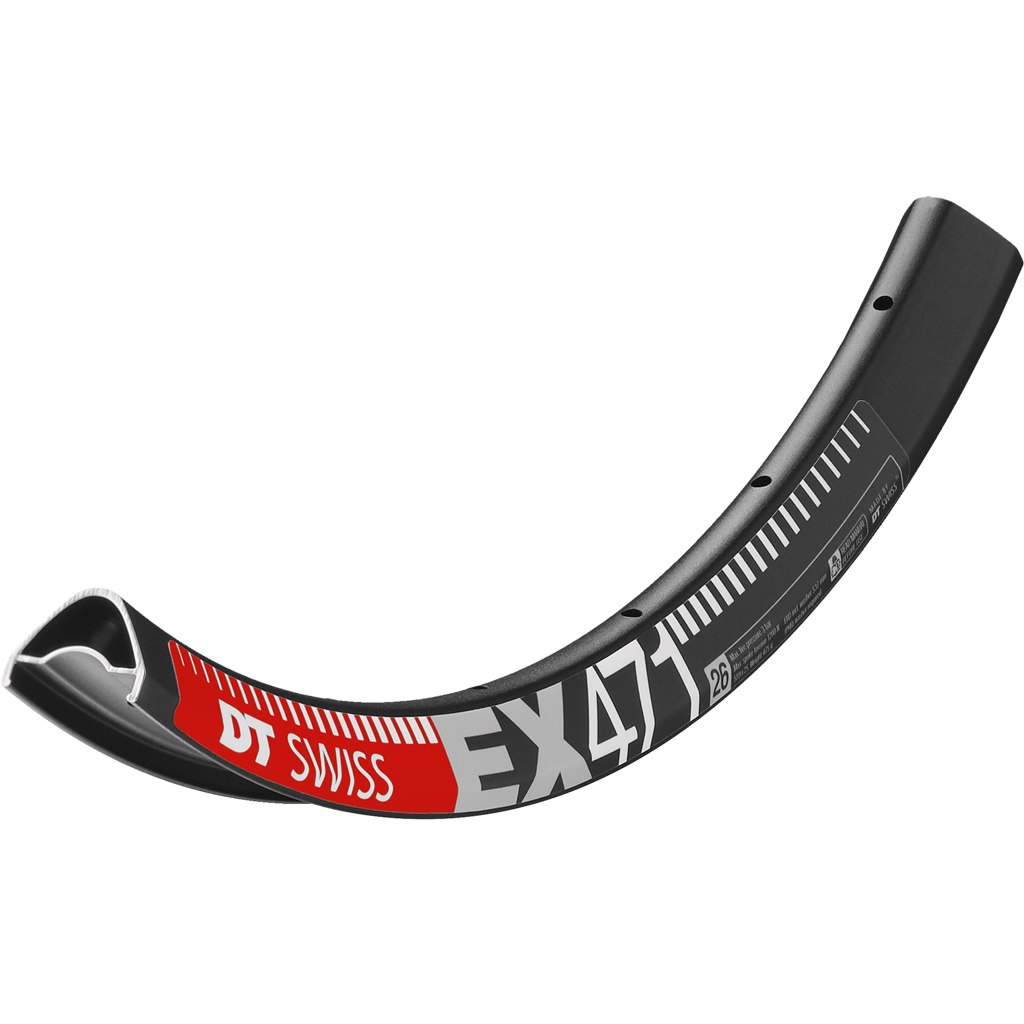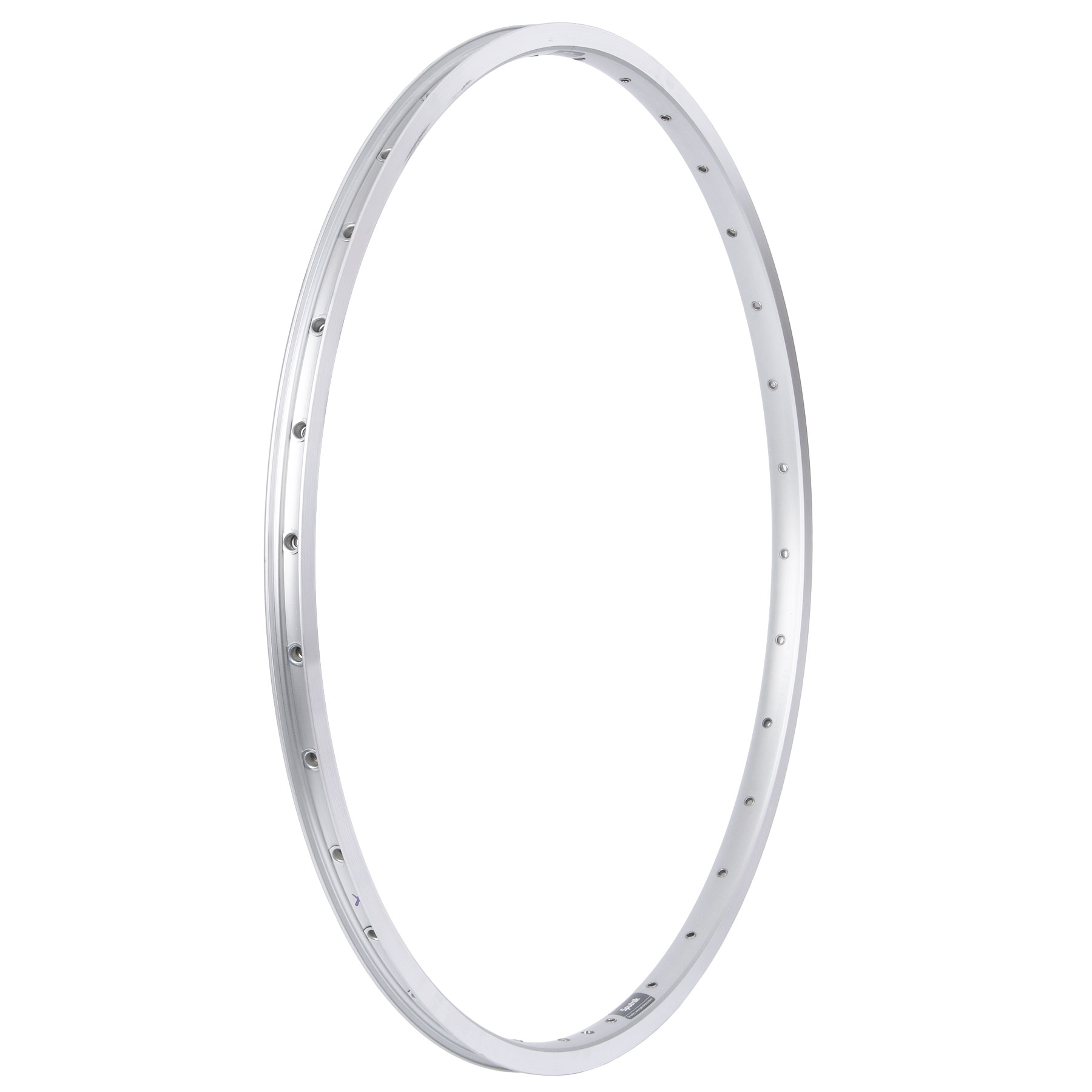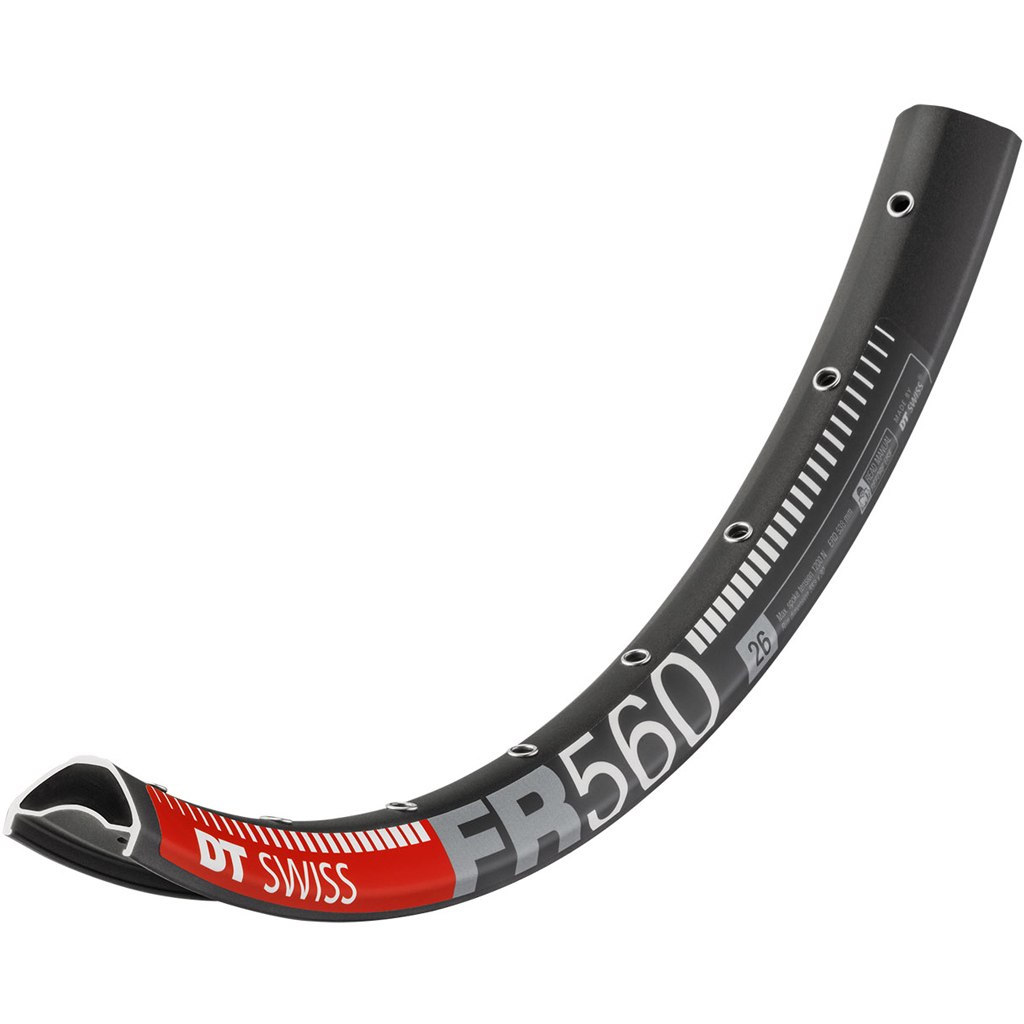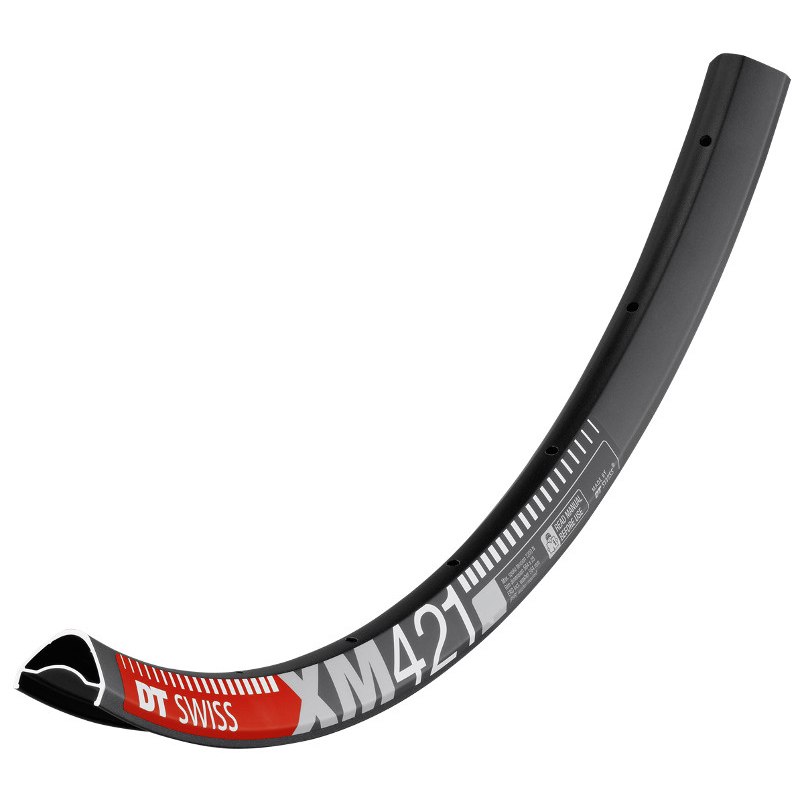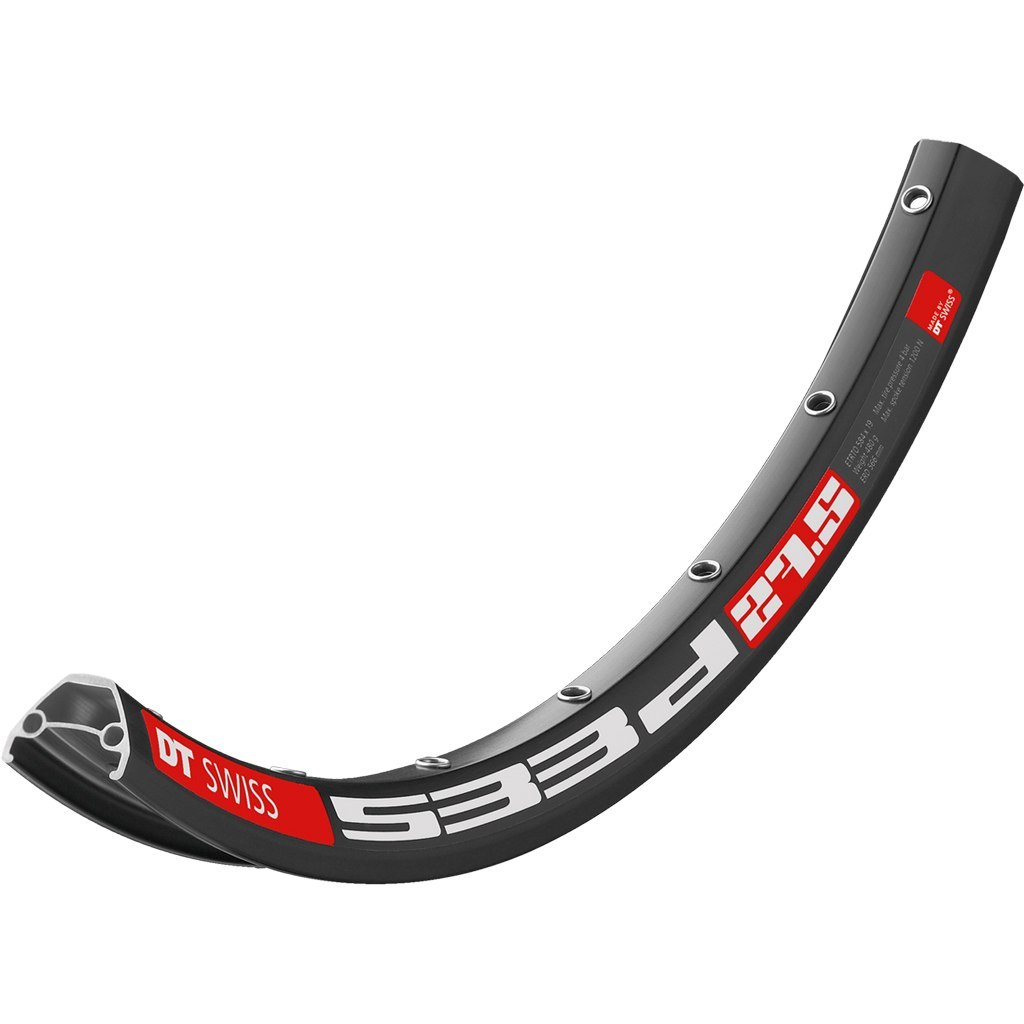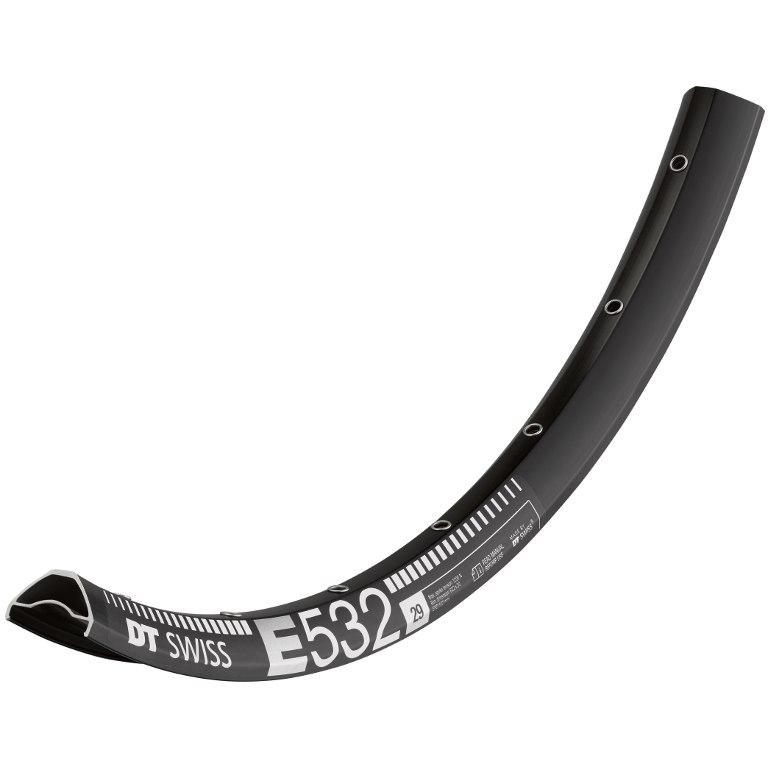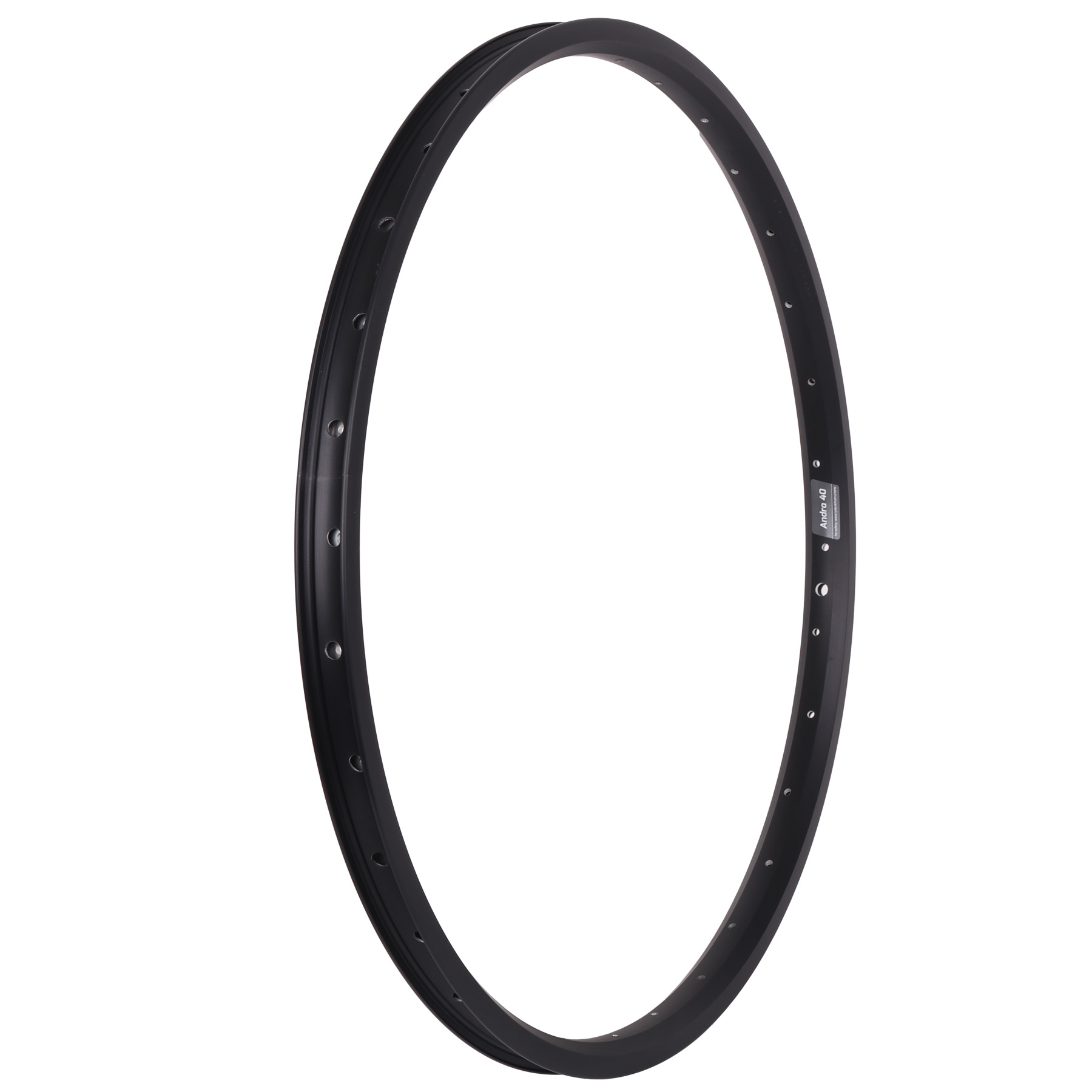With High-End MTB Rims Towards Custom Mountain Bike Wheels
Custom wheels are a great way to upgrade your mountain bike functionally and visually. Besides the hubs, the choice of the rims is the decisive step towards your dream wheelset. With a few helpful hints and tips, you will find the right rims for you and your bike in our extensive selection! Read more
The Right Material for MTB Rims: Carbon or Aluminum
As with many components, the question of whether to use aluminum or carbon for your MTB rims is also a question of your available budget.
Carbon rims are more expensive, but also stiffer and lighter at the same stiffness, compared to aluminum. Since fiber composites do not deform like metals, carbon rims are easier to process when building wheels and achieve true running more easily.
Rims made of aluminum are cheaper and sufficiently light and stiff for many applications. In addition, aluminum rims have better emergency running properties, as they bend rather than tear or break when hit hard.
The Field of Application: XC, Enduro or Downhill Rims?
The area of application determines how light a rim can be or how stable it must be. While a XC rim is designed to save weight, an Enduro or even Downhill rim, for example, is designed to be wider and more robust. As the figures in the data sheet cannot be considered in a generalized way, the recommendations of the manufacturers should be followed, who usually specify the area of application.
The aim in choosing the right rim is to find a compromise between the requirements of the area of application, the rider's weight and individual riding style.
Which Width to Choose for Your MTB Rims
In recent years there has been a trend towards wider rims, as these provide better support for wider tires. The relevant measure here is the rim width or inner width, i.e. the width in the rim base.
20 to 25 mm are commonly used in Cross Country and 25 to 35 mm for All Mountain, Trail, Enduro and Downhill. Rims with a rim width wider than 35 mm are used for plus bikes and fatbikes, i.e. mountain bikes with particularly wide tires.
Rims usually have a hook on the rim flange to secure tires against jumping off. Today, however, high-quality rims and tires are manufactured with sufficient precision to be able to do that without a hook. These are called hookless rims. The inner width of hookless rims has to be assessed slightly differently, as the tire can build up a little more favorably in cross-section.
The Diameter: 26, 27.5 and 29 Inch MTB Rims
While the colloquial designations 29, 27.5 and 26 inch indicate an approximate outside diameter of the tire, the rim should be selected to match the internationally standardized dimension (ISO) of the tire seat in the rim (B.S.D. - bead seat diameter). The currently most important dimensions (and matching tires) are
- 622 mm (29 inches)
- 584 mm (27.5 inch or 650B)
- 559 mm (26 inches)
The standardized dimensions for inside width and diameter are often found as a combined indication under ETRTO (European Tire and Rim Technical Organization) or ISO. For example, a 30 mm wide rim for 29 mm tires is given the specification 30-622 or 622x30.
In addition, the ERD is also indicated. The abbreviation stands for "Effective Rim Diameter" and indicates the diameter at the height at which the spoke nipples sit. The dimension is important for calculating the correct spoke length.
The Number of Spoke Holes in the Rim
The number of spoke holes in the rim must match the number of spoke holes in the hub, not counting the hole for the valve ;)
Usually 32 holes or 28 holes are used, or even less for lightweight rims. The more spokes you use, the stronger and more durable the wheel will be, but of course it will also be heavier.
Tubeless Ready MTB Rims
Most high-quality rims today are designed for tubeless use, i.e. riding without a tube. Usually you will find a corresponding note in the product description ("Tubeless Ready" or similar). For this purpose, the rim bed is shaped in such a way that it closes more precisely and securely with the tire and both together can form an air chamber. Usually, an airtight rim tape must be glued on for this purpose, but variants without glue are also available.
Special Rims for Tubular Tires
Tubular tires are tires that are airtight in themselves. They require special rims to which the tire is glued. Seen in cross-section, tubular rims do not have rim flanges but only a flat rim base. Tubular tires are rather the exception for MTB though.
Disc-Brake or Rim-Brake
Disc brakes have long been standard on MTBs, so most rims today are disc specific and not suitable for use with rim brakes. For older mountain bikes or everyday bikes with rim brakes (V-Brake, Cantilever or Magura HS 33/11), rims with brake flanks are required, so it is essential to pay attention to this.
What Else Do You Need for Wheel Building?
Once you have found your rims, you will of course need hubs as well as spokes and nipples to make a wheel set.
If you want to build the wheels yourself, then have a look at our selection of truing stands and spoke wrenches and other helpful tools!
